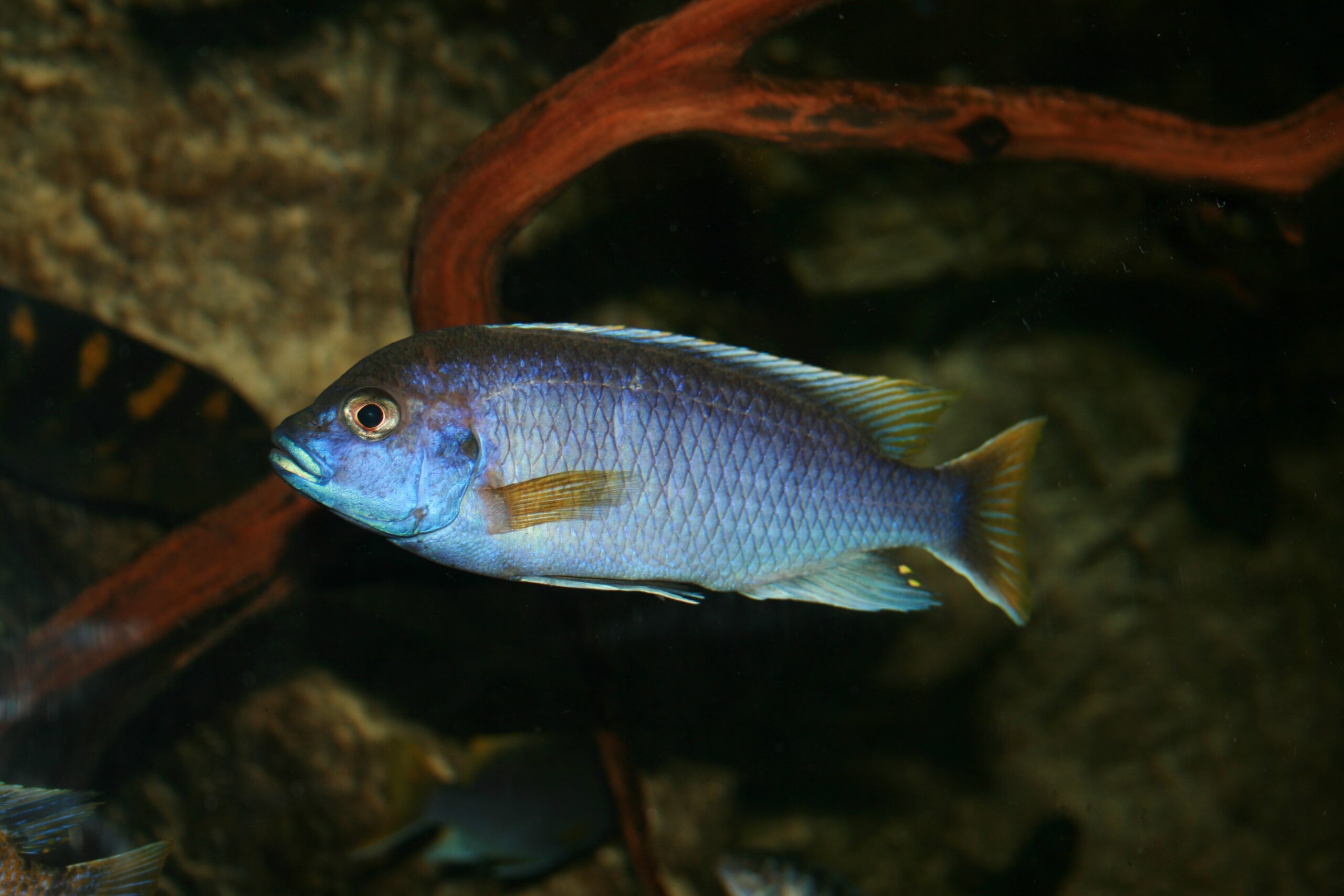When delving into the stunning world of freshwater fish, few species captivate aquarists more than cichlids. This diverse family consists of over 1,500 species, primarily thriving in the African Great Lakes. Their vibrant colors and intriguing behaviors make them a favorite among aquarium enthusiasts. In this guide, we will explore the various types of African cichlids, featuring vivid descriptions and images to aid in identification, while also providing insights into why these fish have garnered such widespread fascination.
The Allure of African Cichlids
Perhaps you’ve found yourself mesmerized by the kaleidoscope of colors swimming against the backdrop of a well-maintained aquarium. African cichlids embody this visual splendor, but their appeal transcends their beauty. Observing cichlid behavior can be a window into the animal kingdom’s complexities; their social structures, territorial aggression, and nurturing instincts offer fascinating reflections of evolutionary adaptations. It’s this interplay of aesthetic charm and behavioral nuances that draws many into the engrossing hobby of cichlid keeping.
Understanding African Cichlids
Before diving into the myriad of species, it’s essential to understand that African cichlids can broadly be categorized into three primary groups: the Lake Malawi cichlids, Lake Tanganyika cichlids, and Lake Victoria cichlids. Each group possesses unique characteristics and preferences, making it vital to educate oneself about the specific needs and traits of the species within each lake.
Lake Malawi Cichlids
Lake Malawi is one of the most biodiverse ecosystems in the world and is home to around 500 species of cichlids. Among the most popular in this lake are:
- Mbuna Cichlids: These rock-dwelling fish are famous for their territorial behaviors and vibrant colors. Species such as the Labidochromis caeruleus (Electric Yellow Cichlid) display bright yellow hues that can light up any aquarium. Their aggressive nature during breeding times makes them a challenging but rewarding species for experienced aquarists.
- Haps: Short for “Haplochromis,” these fish are generally more docile compared to Mbunas. The Placidochromis phenochilus, known for its striking blue-and-white coloration, exemplifies this group. Haps often require more open swimming space and tend to be less territorial.
- Peacocks: Renowned for their iridescent colors, peacock cichlids like the Aulonocara jacobfreibergi are among the most visually stunning. They typically flaunt vibrant shades of blue, yellow, and red. Their plumper bodies and less aggressive tendencies make them an attractive option for community tanks.
Lake Tanganyika Cichlids
Lake Tanganyika is the second-largest freshwater lake in the world and has unique cichlids adapted to its deep waters. Some noteworthy species include:
- Sandy Bottom Dwellers: Fish like the Altolamprologus calvus can be found in deeper substrates, exhibiting fascinating behaviors that include burrowing and hiding among rocks. Their sleek bodies and subdued coloration make them an intriguing option for aquarists looking for subtle beauty.
- Shelldwellers: Species such as Neolamprologus multifasciatus are particularly endearing, as they inhabit small shells. Their diminutive size and platonic partnership behaviors, often observed in breeding pairs, create a lively display of nurturing instincts.
- Open Water Swimmers: The majestic Boulengerochromis microlepis epitomizes the elegance of Lake Tanganyika’s open waters. With its elongated body and striking blue coloration, it roams the deeper waters, creating a captivating dance for onlookers.
Lake Victoria Cichlids
Lake Victoria, once home to thousands of cichlid species, has faced environmental challenges that have reduced its biodiversity. Nevertheless, several resilient species continue to thrive:
- Generalists: The Haplochromis burtoni serves as a prime example of adaptability in this lake. These cichlids exhibit vibrant colors and complex social interactions, making them a great addition to community tanks.
- Endemics: Some species, such as the Neochromis wingatii, boast unique patterns and behaviors, indicative of specific ecological niches within the lake. Their vibrant colors and social dynamics add much intrigue to aquarist endeavors.
Choosing the Right Cichlid for Your Aquarium
When embarking on your journey into the world of cichlids, understanding compatibility is essential. Mixing species from different lakes can often lead to aggression and stress. It’s crucial to research the specific needs, behaviors, and temperament of the cichlids you are interested in keeping. Water parameters, tank size, and the layout of the aquarium play significant roles in ensuring your fish thrive. Regular maintenance, including water changes and monitoring for diseases, will also enhance the longevity and health of your aquatic companions.
In Conclusion
The enchanting world of African cichlids represents a microcosm of beauty, complexity, and awe within the aquatic realm. As you embark on the quest to identify these captivating fish, remember that their vivid colors and varied behaviors offer clues to a much larger narrative of evolution and natural selection. Each cichlid is not merely a pet but a story waiting to unfold in the tranquility of your home aquarium. Embrace the challenge, explore the diversity, and relish the experience of bringing these magnificent fish into your life.
